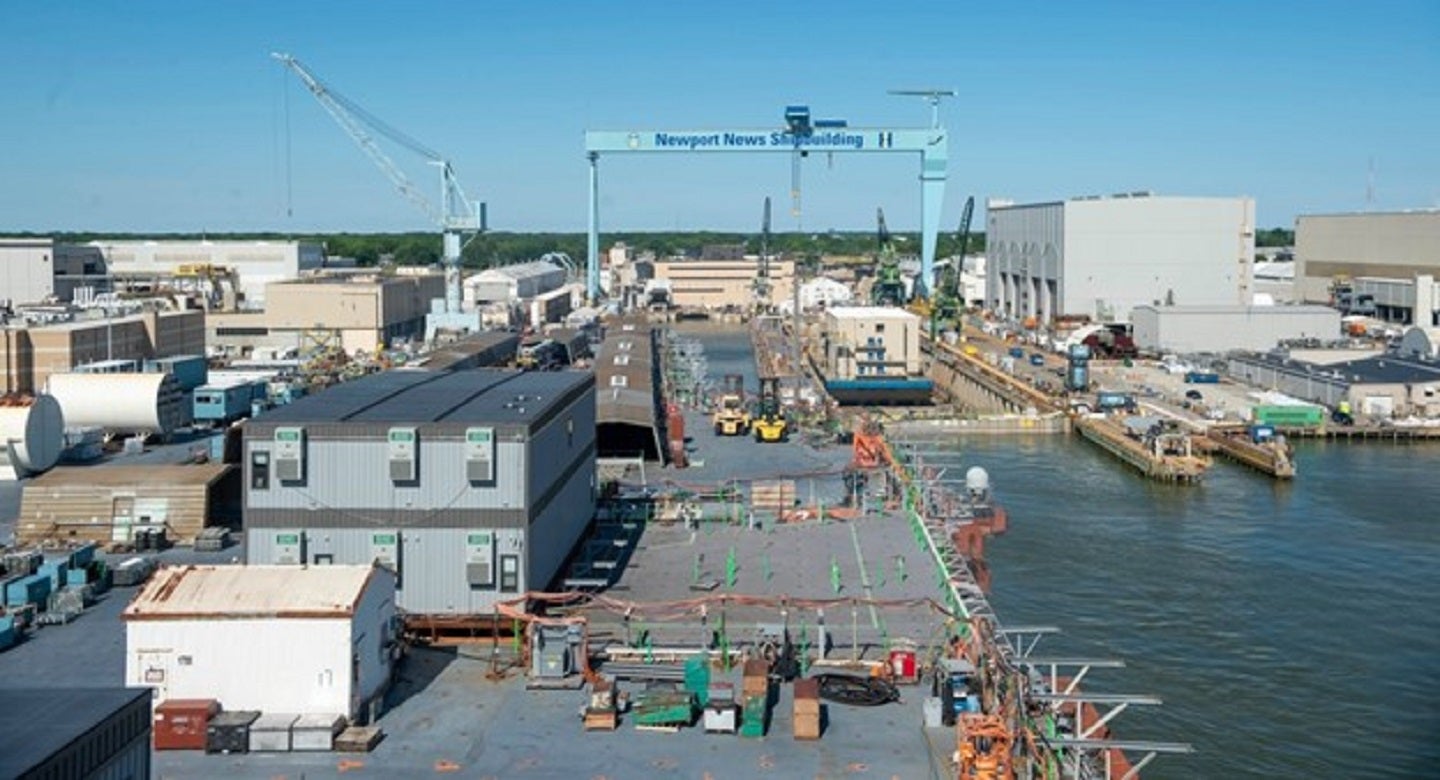
American shipbuilding industry players, also known as the Marine Machinery Association (MMA), gathered to listen to Bartlett Maritime’s proposal for rejuvenating submarine production for the Navy on 5 October.
Edward Bartlett – the founder and CEO of Bartlett Maritime, a corporation with the expressed purpose of assisting the US Navy with the resolution of the submarine capability shortfall – declared the crisis had become “an inescapable, urgent problem.”
Bartlett told the MMA that while their efforts to improve submarine maintenance in the last few years have been helpful, more must be done.
“While these efforts clearly remain vital and are having a positive impact, it is equally clear that both additional industrial infrastructure and access to an expanded labour pool are needed.”
Delays in maintenance are keeping submarines from operating at sea at an unprecedented rate. The Congressional Research Service (CRS) revealed on 25 September that the number of attack submarines (SSNs) either in depot maintenance or idle (i.e., awaiting depot maintenance) has increased from 11 boats (about 21% of the SSN force) in FY2012 to 18 boats (about 37% of the SSN force) as of May 2023.
The resulting reduction of available submarines decreases fleet readiness and damages the Navy’s warfighting capability amidst rising concerns about increasing danger of conflict at sea.
How well do you really know your competitors?
Access the most comprehensive Company Profiles on the market, powered by GlobalData. Save hours of research. Gain competitive edge.

Thank you!
Your download email will arrive shortly
Not ready to buy yet? Download a free sample
We are confident about the unique quality of our Company Profiles. However, we want you to make the most beneficial decision for your business, so we offer a free sample that you can download by submitting the below form
By GlobalDataThis doesn’t help when the Navy’s proposed FY2024 budget requests $32.8bn in shipbuilding funding for, among other things, the procurement of nine new ships, including one of the most advanced submarines ever to be constructed – the Columbia (SSBN-826) class ballistic missile submarine, as well as two more Virginia (SSN-774) class attack submarines.
Jumping from the Navy’s inability to produce a Columbia class boat under FY2023, aiming to deliver this vessel as well as two SSNs in FY24 may be considered wishful thinking.
Referring to the current risk of conflict on the world stage today, Bartlett stated that “we must be creative and pro-active to help the Navy return to robustness in an accelerated manner. We don’t have decades to rebuild,” given America’s competition with China in technological capability and in terms of naval force structure.
Nonetheless, the solution lies in “fixing the fundamental underlying maintenance capacity and capability problem and to dramatically accelerate our submarine overhauls.”
Bartlett Maritime proposed developing new facilities for repairing and rotating submarine components as a first step.
The company’s founder called on members of the MMA to support Bartlett Maritime’s proposal or some action just as timely, affordable and effective to solving the problem quickly.
Can the US Government’s SIOP resolve the submarine crisis?
In its report on the US Navy’s shipbuilding plans, the CRS asks industry will implementing the Shipyard Infrastructure Optimization Program (SIOP) — the Navy’s 20-year plan for investing in the modernisation of facilities at the four government-operated shipyards — provide enough capacity at the facilities to meet the overhaul, repair, and modernisation needs for the nuclear-powered ships (including, potentially, an increased number of attack submarines) in a larger Navy?
However, it may be that money is not the problem in this case. Continued investment in an industrial base that is known for its poor schedule estimates and risk analyses may simply be going down the drain.
The US Government Accountability Office (GAO) explained in June that the Navy us unable to provide a full cost and schedule estimate for SIOP, and reports that it will not be able to do so until at least 2025.
It appears that problems from the very start of production – in lacking cost and schedules estimates and continually updating this information – in an administrative capacity is a big part of the delays, especially as naval platforms become ever more sophisticated.






